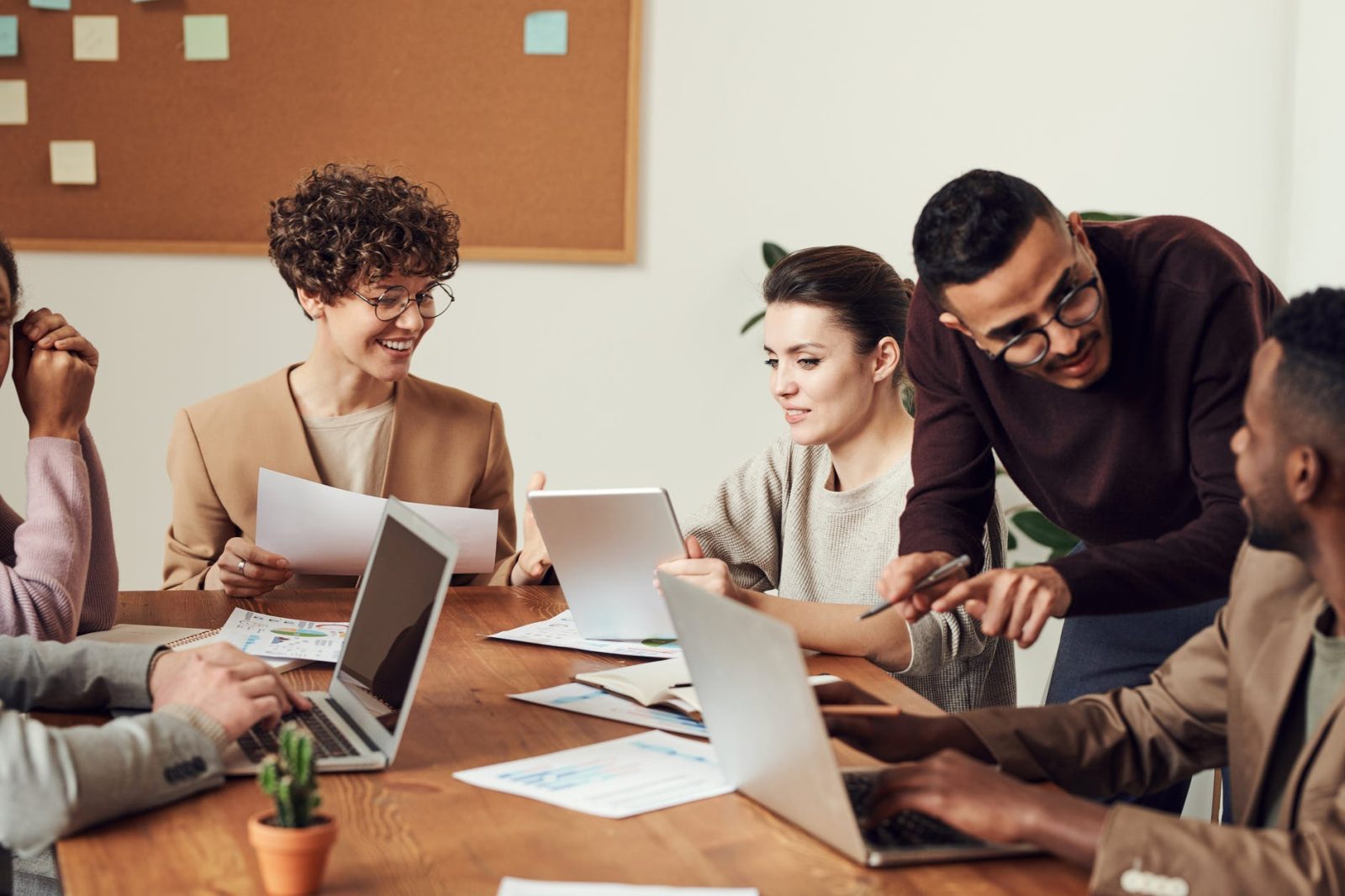
Benefits of Gamification in Higher Education
The world of higher education has become immensely competitive over the past few years, with every teacher vying for the student’s undivided attention. This is the reason why gamification has been on everyone’s mind, as the idea is to make existing courses more exciting and learner-friendly and give students a learning experience like never before.
Gamification is also the quickest and easiest way to improve the learning curve of students. However, still, many higher educational institutions are sparingly using game-based learning as a teaching strategy because they consider it to be just another buzzword.
So, in this article, you are going to find out why gamification in higher education is essential and needs to be incorporated widely to help students learn better. Gamification is a strategy that uses various activities and rewards to promote student engagement. It is a contemporary educational approach that systematically leverages the various elements and characteristics of gaming culture.
Gamification is a common term that gained popularity in 2010. It helps students become more active and motivated learners.
Some examples of gamification include –
- Playing educational games to learn various academic skills
- Earning virtual points for completing assigned tasks
- Competing with peers to attain a specific goal
“Why is gamification needed in higher education?” Educators often have a challenging time keeping students motivated and focused on a particular course. And unless the course material is engaging and interactive, students tend to get distracted easily. That is why many academic institutions nowadays are looking for a way to increase the engagement among students. Gamification is one of the methods that educational institutions are implementing in order to increase student engagement. Educators have analyzed various studies on gamification in higher education to see which game elements were implemented and which of them had the biggest impact on the participants’ cognitive and emotional behavior.
So, here is a close look at how gamification has a positive impact on a student’s learning process –
1. Increases Learner Motivation
There are a number of motivational techniques used in gamification, such as challenges and rewards, which help students to remain motivated in the process of learning. These challenges encourage them to perform better and score higher, thus improving their learning skills.
2. Increases Attention Span
Gamifying learning concepts is an interesting way to make students pay more attention to what is being taught to them. Introducing time-based challenges makes them focus on the task at hand and complete them efficiently.
3. Better Student Engagement
Game-based learning approaches make the content more engaging and interesting for students who need to learn and remember important concepts. Collaboration among peers and teachers enables students to complete tasks efficiently and think innovatively.
4. Enriches the Overall Experience
Leveraging gaming elements helps in overcoming classroom challenges in an interactive way and completely changes the traditional evaluation method using a reward system. “Different ways for higher education institutions to gamify learning in classrooms” You need to have a lot of detailed planning in place, while restructuring your existing teaching methods to master gamification techniques for various courses. The strategy can only be successful if it is integrated with the curriculum holistically.
Here are some of the ways in which higher education institutions can successfully use gamification in their classrooms-
1. Implement Gamification in Grading
The idea here is to gamify the course by replacing grades with a more engaging ‘experience points system’ where students’ grades can be determined by the number of points accumulated by them at the end of the course.
This way, students can progress towards different levels of mastery (similar to games) with every single assignment/test that feels rewarding to them.
2. Point-Based Rewards System
The point-based system can be used to supplement grading.
For example, if students earn a certain number of points, you can either boost their final grade or drop their lowest grade. Apart from motivating students to participate, it also helps them feel rewarded for their efforts and allows them to enjoy the classroom time more.
Based on your classroom activities, you can create a point-based reward system, offering points on multiple aspects such as on-time completion of tasks, classroom participation, or anything else you would like.
The points system you use should fit the classroom style and help your students track their progress.
3. Promoting Quests
You can gamify learning in classrooms by scheduling a quest each week, where students get the chance to earn badges for both completion and mastery. It is one of the smart ways to reward student accomplishments with appropriate badges instead of grades to represent their achievements as more than just academic.
4. Creating Competition within the Classroom
Being creative and responding to student interests goes a long way in successfully gamifying a classroom. Make sure that as learning progresses, students are collecting points, leveling up, and competing against each other to build a positive class culture while pushing student achievement. This is particularly useful for introducing procedures and behavioral expectations in the classroom.
5. Encourage Teamwork
If you can get students to learn, play, and participate together, you will be able to cultivate a great learning atmosphere and inculcate the value of working together. Gamification of your classroom should be done in a way that boosts the classroom morale and allows your students to work in teams. Students will definitely want to work harder to help their team and make their teammates win. To conclude, successful gamification in higher education needs the strategic incorporation of elements of games in lesson plans, which can guide the structure of the classroom. By considering all of the above facts, it is possible to conclude that gamification in higher education can help develop practical competencies in students. It can also nurture various skills that students require, help them stay interested in their courses, and succeed in the long term.
As gamification techniques will continue to find a place in classrooms at higher education institutions, the future will see educators explore various new strategies and pioneer innovative ways to motivate and engage their learners.









